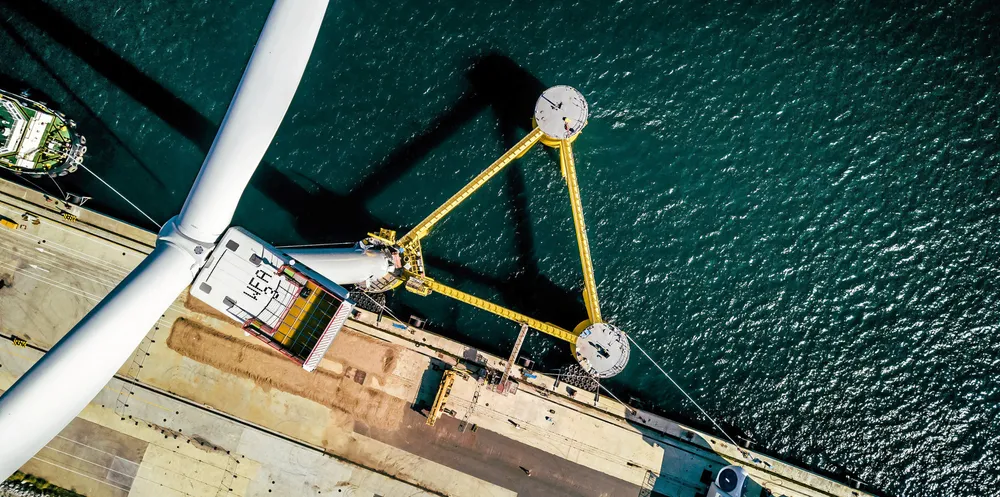Floating wind could supercharge UK industry with $60bn if given 'right' government backing
Twin reports from sector bodies point to 'huge opportunity' for rapidly emerging sector if Britain's ambitions are raised and 'right policy and regulatory environment' created

Floating wind could inject almost £44bn ($61bn) in gross value add by mid-century into Britain’s industrial ecosystem, creating more than 29,000 jobs in the process, if the UK government stumps up some £2bn to charge-up the sector’s early stage development, new research has found.
“Delivering 100GW of offshore wind by 2050 represents a huge industrial challenge for the UK, but also a huge economic opportunity. Applied research and innovation, coupled with the right policy and regulatory environment, will be key to enabling the growth of the floating wind sector, in itself vital to achieving our offshore wind growth targets and net zero,” said ORE Catapult CEO Andrew Jamieson.
RenewableUK CEO Dan McGrail said: “Many countries around the world are eyeing up the huge industrial benefits that will come from being at the forefront of developing floating wind turbines. As this report shows, floating wind is advancing so quickly that the government’s 1GW target is no longer a world-leading ambition.
“We’re urging ministers to increase their current 2030 target and set a new 2040 ambition as a key step towards net zero emissions. This would boost investor confidence in the UK over competitor nations and kickstart the growth of a UK supply chain which can export worldwide.”
The RenewableUK report totted up that some 54GW of floating wind was today in development globally, with over half in Europe (30.9GW), including 7.7GW off Ireland, 6.2GW off Sweden and 3.7GW off Italy, and Norway, Spain, and France “also planning to deploy floating wind at scale”.
Scotland’s minister of energy Michael Matheson said: “Scotland’s huge deep water potential means we expect floating wind will be vital in our transition to a net zero economy. Scotland is already leading the world in floating wind and we’ll do everything in our power to maintain our support and ensure we remain at the forefront of this innovative technology.
“The ongoing ScotWind leasing process has the potential to transform the energy sector in Scotland, including the transfer of oil and gas workers into renewables and into floating offshore wind in particular – we need to make the most of it”.
Outside of Europe, Australia leads in terms of international market scope with a 7.4GW pipeline, followed by South Korea with 7.1GW, the US with 5.5GW, Taiwan with 1.5GW and Japan with 1.3GW, RenewableUK calculated, noting projects were also in the planning stage off China and Saudi Arabia, with a “major global surge” in deployment expected between 2025 and 2030.
(Copyright)